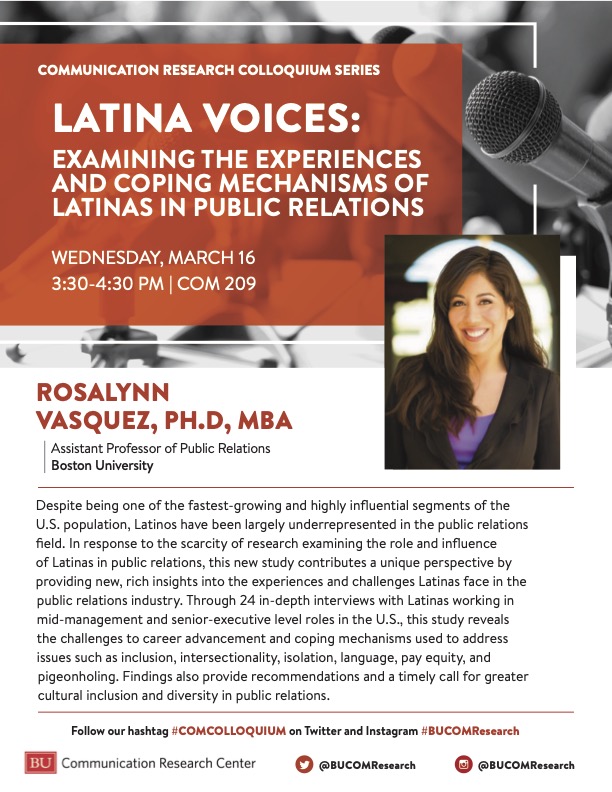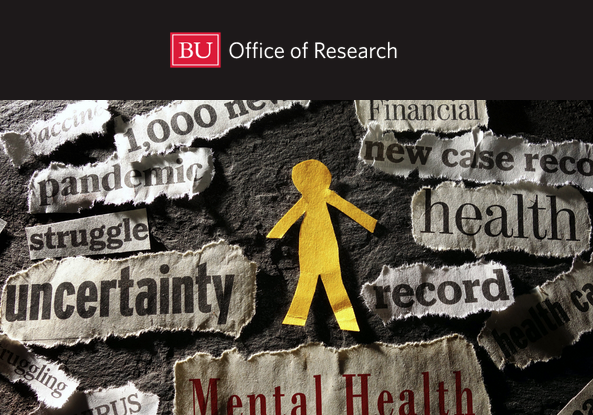Letter from the Director: June 2022
With the summer season upon us, I am reminded that college professors are often the envy of our non-academic friends who think we “get the summer off.” In reality, many of our CRC fellows work just as hard – if not harder – during the summer. To be sure, the summer months may have fewer demands, allowing us more time for reflection, data analysis, and writing. At the same time, some fellows do teach during the summer months, and many of us travel so we can share our research and see what others are working on. For instance, several fellows recently attended the International Communication Association annual conference which was held in Paris, France from the 25-30th of May. You can see a list of fellows’ research presentations in the CRC’s Spring newsletter.
As a major research institution, we are committed to involving undergraduate and graduate students in scholarly research so that they may understand the importance of generating new knowledge at Boston University. We are fortunate at COM to have our communication research participation pool that is managed by an online system called SONA. This software allows researchers to post available research opportunities for students who can learn about the various studies and decide whether they want to sign up. To encourage participation in research, faculty can either require their students to earn a certain amount of research credits as part of their grade or offer extra credit to their students for participating.
In order to conduct research involving human subjects at COM, proposed studies must be approved by either BU’s Institutional Review Board (IRB) or one of COM’s two internal review boards: the COM Research Review Board or the COM SONA Research Review Board. A description of when to use each of the review boards is available on the CRC’s website here. I would like to thank the faculty, staff, and grad students who volunteered their time over the last academic year by serving on these internal review boards: James Cummings, Michael Elasmar, Lindsy Goldberg, Lee Hair, Alexis Shore, Briana Trifiro, Chris Wells, and Denis Wu. These reviewers enable CRC fellows to collect research more quickly than the cumbersome and lengthy ¬ yet necessary – IRB process, while still abiding by the necessary standards. To maintain this research opportunity at the CRC, we will be looking for more volunteers this fall.
As we plan for the future of the CRC, two activities are in progress. First, all faculty and grad student fellows were invited to participate in our annual Awareness, Attitudes, and Usage Survey. Data analysis is underway so that we can assess what is going well with the CRC and where we need to improve. Secondly, the CRC is planning to resume its monthly omnibus surveys with Ipsos in order to give fellows opportunities to survey US residents on timely topics of significance related to their research. This will foster opportunities for fellows to engage in newsworthy topics, enabling them to offer thought leadership while elevating public understanding on important issues. Results from our pilot survey are available here. Going forward, survey data will be made available on the CRC website (using your Kerberos password) for all CRC fellows.
To all affiliated with the CRC, I hope that the summer months offer you many sunny days with time to revitalize and refocus.




 these cases instructive as examples of misinformation circulating beyond social media platforms, but they also serve as an entree to discuss limits of free expression and the gatekeeping obligations of private companies such as Spotify in contrast to broadcast networks, such as ABC (which is owned by The Walt Disney Company), and the stations that air ABC content.
these cases instructive as examples of misinformation circulating beyond social media platforms, but they also serve as an entree to discuss limits of free expression and the gatekeeping obligations of private companies such as Spotify in contrast to broadcast networks, such as ABC (which is owned by The Walt Disney Company), and the stations that air ABC content.